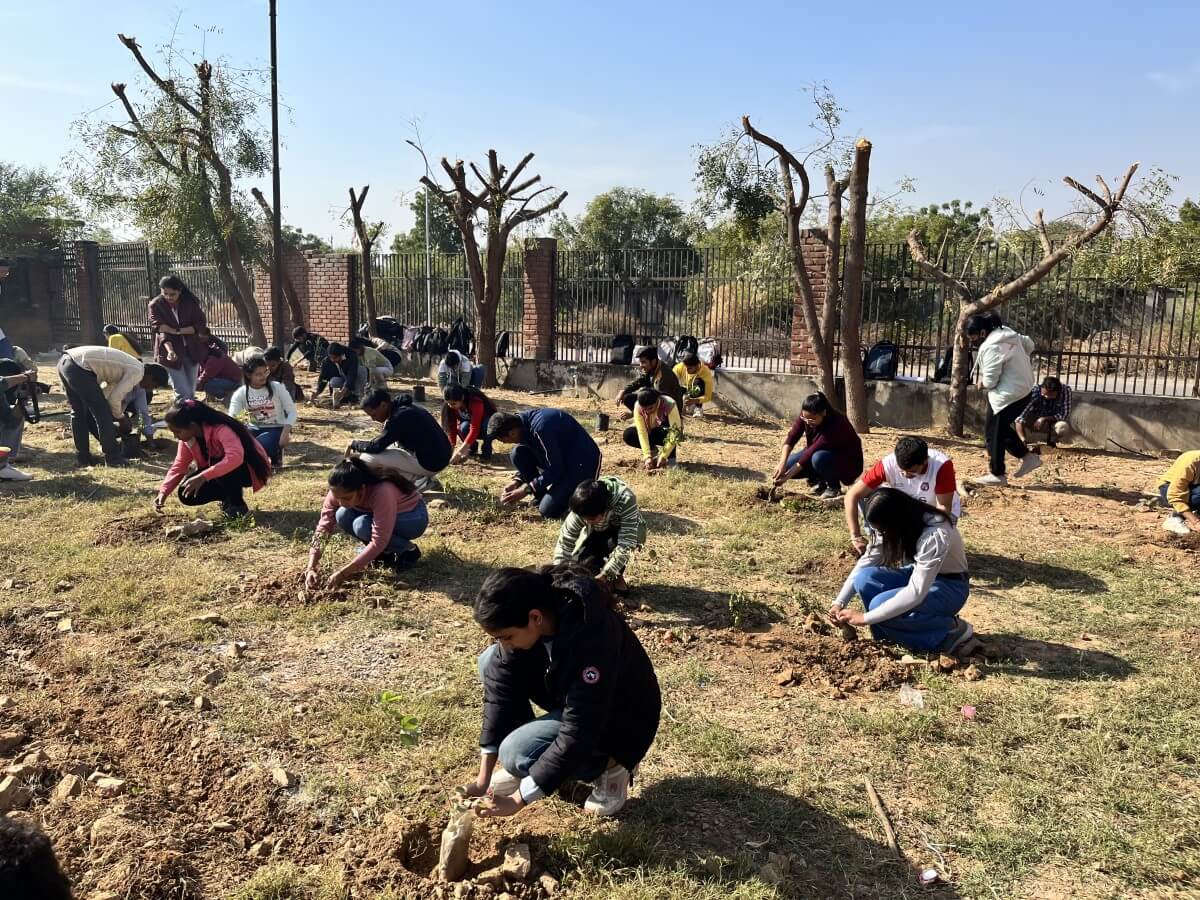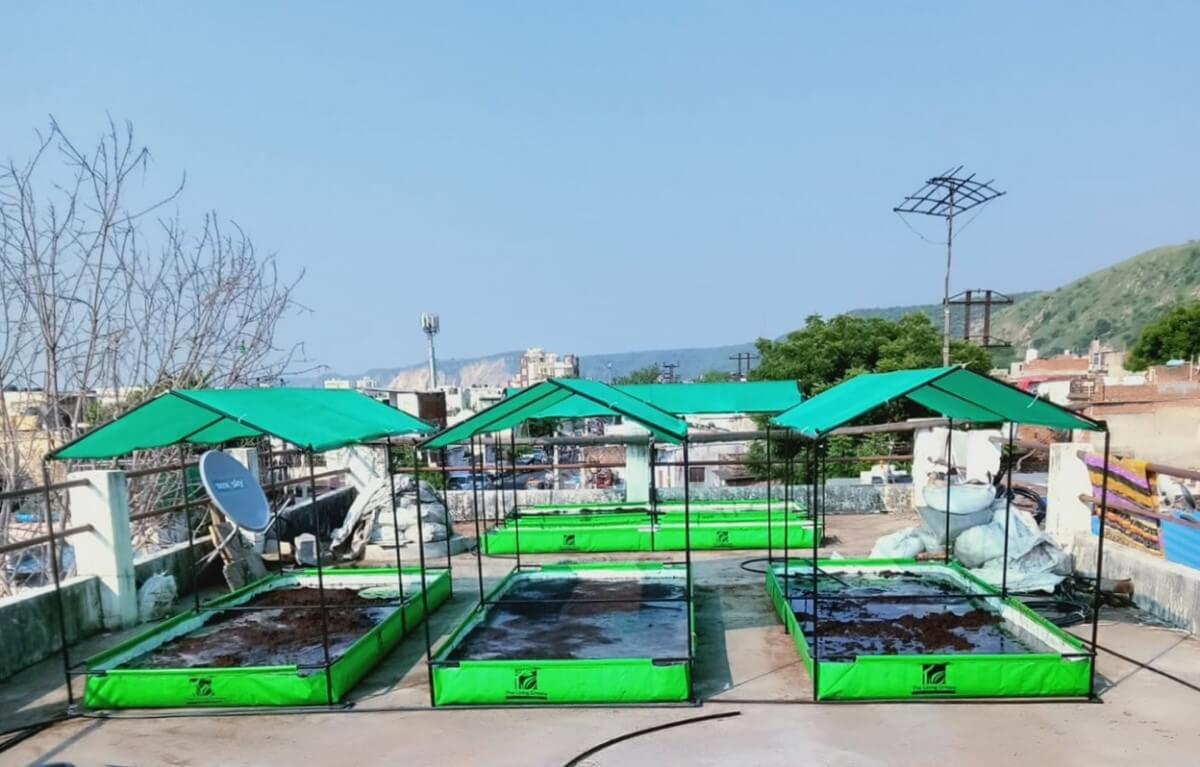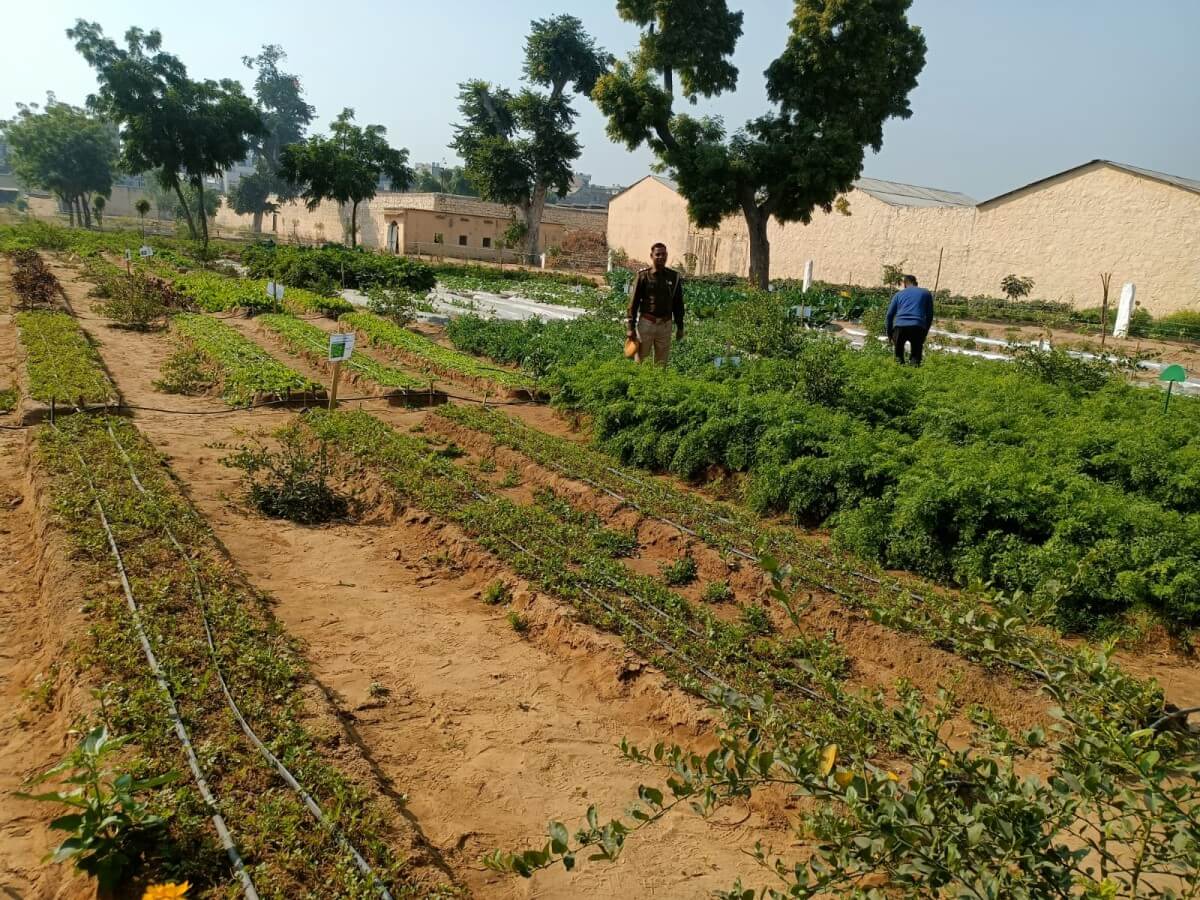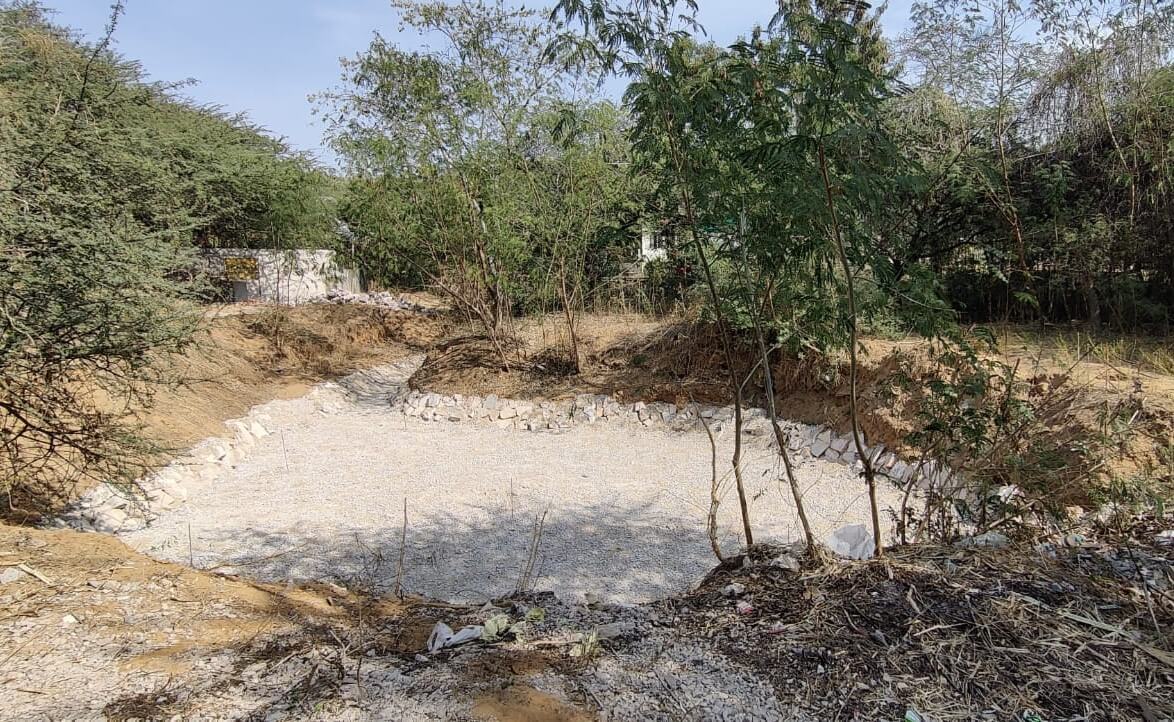
Unpacking Nature-based Solutions for Building Climate Resilience in Semi-arid Cities: Learnings From Jaipur
India ranks 7th out of 181 countries in vulnerability to climate associated risks. This two-part blog series explores the opportunities that Nature-Based Solutions (NbS) can offer to tackle the challenges posed by climate change and how they can be translated to climate-specific geographies, with a focus on the city of Jaipur in Rajasthan. The first blog in the series identifies strategies employed in the city for building climate resilience through NbS interventions.
Over the last few decades, Rajasthan has witnessed extreme weather phenomena such as heat waves, droughts and floods, which can be largely attributed to climate change and rapidly shifting patterns of urbanization. This year itself, deviations in maximum temperatures indicate an early onset of summer within the state. The capital city of Jaipur is ranked 22, among 100 major cities across the world that are most susceptible to environmental risks, with heat stress and water scarcity posing critical challenges.
Even though Rajasthan’s natural climate ranges from arid to semi-arid with high temperatures and low precipitation, these changes are unprecedented and demand specific, tailored climate action. WRI India, under the Cities4Forests project, explored how Nature-Based Solutions (NbS) can offer opportunities for localizing climate action in the city of Jaipur. The following five key strategies were identified to pilot NbS interventions at the local level.
- Building effective collaborations: Partnerships with local administrative and academic institutions can serve as an entry point for NbS interventions. These can provide the necessary visibility and momentum essential for scaling and mainstreaming NbS. Implementing pilot interventions within institutions ensures their maintenance and long-term sustenance. Furthermore, engaging a local implementation partner who understands the local context, climate and ecological systems is integral for the robust implementation, monitoring and evaluation of these interventions.
- Diverse selection of sites and solutions: The selection of pilot sites across diverse geographies with different solution typologies can demonstrate NbS’s vast potential for building climate resilience. Intervention strategies should be designed by identifying the risk to be addressed, followed by evaluating the available resources and all aspects of operationalization, monitoring and maintenance. Strategies that are indigenous and draw from local knowledge should be promoted as they are often easier to adopt and scale.
The Jaipur project implemented four types of NbS typologies based on diversity in nature of risk, site and stakeholders – urban forests at a local institution’s campus; rooftop farming in a low-income community; urban farming in a prison campus; and water body restoration on an institution campus.

Students from the Jaipur Engineering College and Research Centre (JECRC) University participating in a tree plantation drive on campus. - Establishing baselines and indicators for monitoring and evaluation: Developing intervention-specific indicators is essential for understanding the short-term and long-term impacts of a solution. These indicators, measured and evaluated at specific intervals, must include all the associated benefits and co-benefits of each intervention, to make a stronger case for adoption.
- Engaging with local communities: Involving local communities and stakeholders in the planning, design and implementation of the interventions is key to garnering support, developing stewardship and ensuring that the benefits of the interventions are well-received. Community engagement also helps deepen the understanding of on-ground conditions and identify existing challenges and knowledge gaps.

Rooftop farming on the roof of Mamta Public School in Jaipur. - Dissemination of learnings: Demonstrating the interventions and disseminating the learnings from the project to diverse stakeholders, such as city officials, institutions and local organizations, can serve as proof-of-concept for NbS and create further opportunities for adoption and subsequent scaling up of these solutions.
The project was implemented to primarily address the city’s climate risks; however, it also offered several co-benefits to stakeholders in the realm of food security, skilling, and knowledge sharing. The rooftop farming intervention nudged the residents towards localized solutions for heat mitigation and food production. They understood that when implemented at a community level, the intervention offered food security.
In the prison campus, the urban farming intervention helped develop the skills of the inmates by involving them in implementation and maintenance. Additionally, the local produce grown has promoted food security within the prison campus and is being explored as a solution for other prison complexes within the state as well. The urban forest implementation, in the university, encouraged knowledge-sharing sessions, introducing students to career opportunities in the climate and sustainability sector.

These interventions show the potential of Nature-Based Solutions to build the resilience of urban peripheral areas that witness extreme heat stress and water scarcity. The pilots also showcase the importance of local knowledge systems by including traditional techniques of climate resilience and water conservation such as johads and bandhs – which have helped communities move towards self-sufficiency and water resilience.

A larger concentrated effort focused on implementation can generate greater interest in NbS practices at every level. Backed by government stakeholders and citizen willpower, learnings from the Jaipur engagement can easily be extended to other cities in semi-arid regions, to strengthen their climate resilience and risk management.
The next photo story in our two-part series will discuss these interventions in depth highlighting the processes and benefits associated with each of them.
All photos are by Siddharth Thyagarajan/WRI India.
All views expressed by the authors are personal.